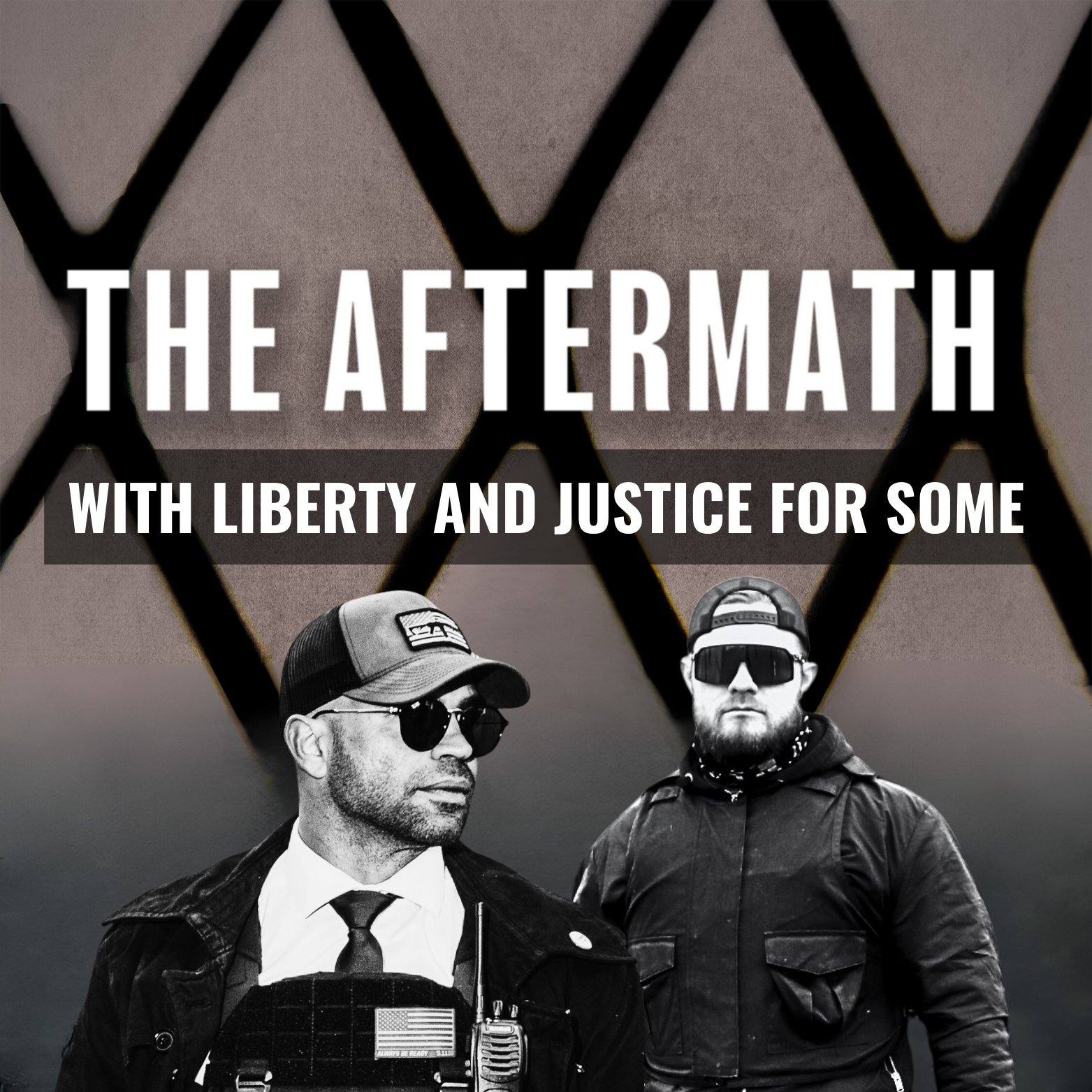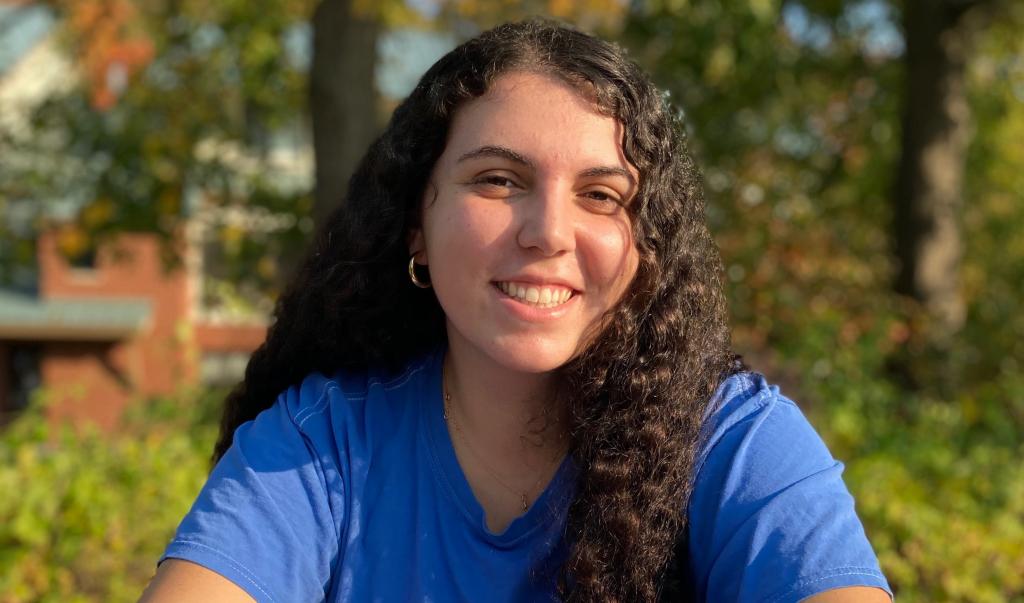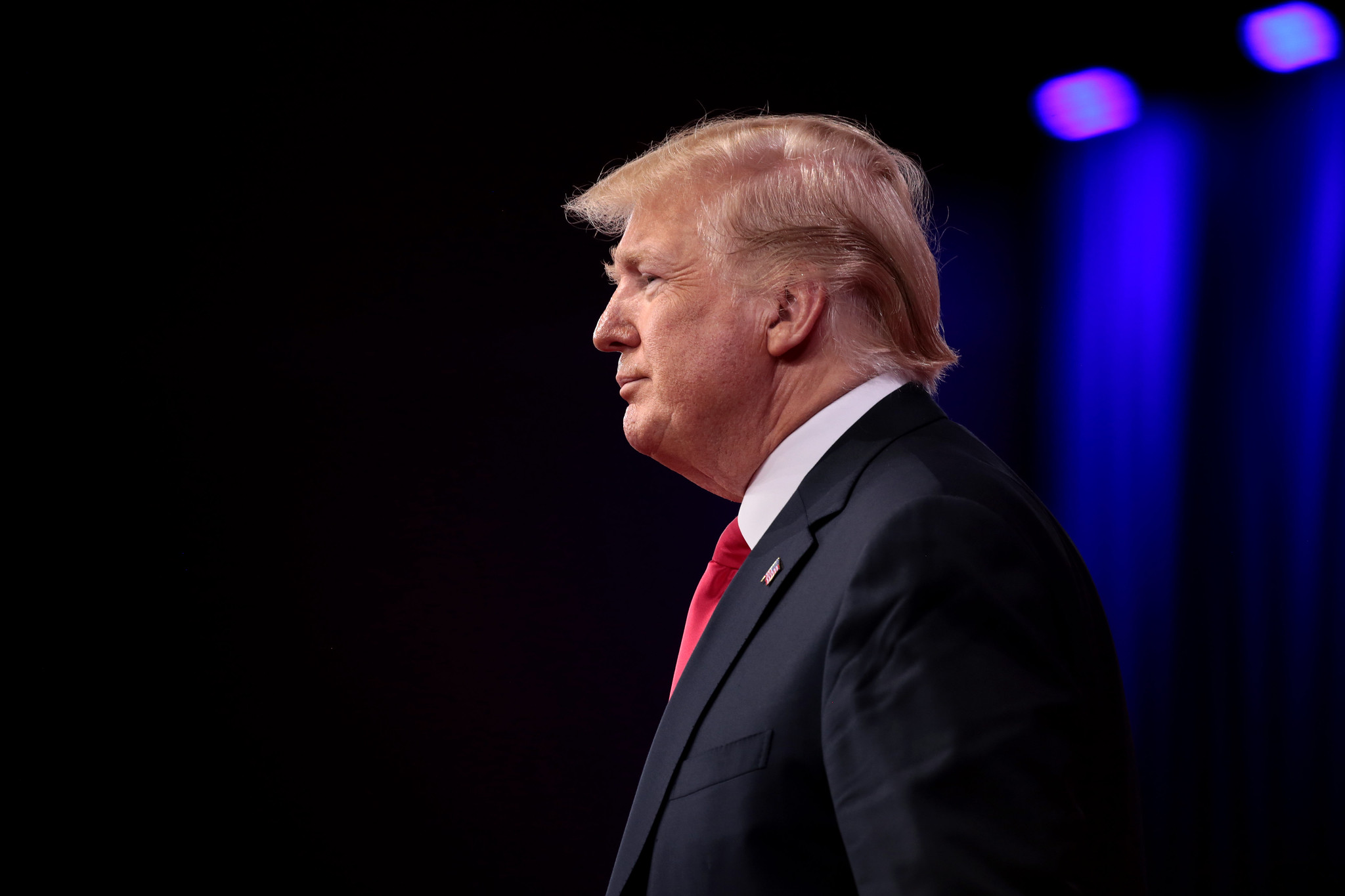The End of ‘The Aftermath’
Season 2 of our narrative series on Jan. 6 has come to a close. But the search for accountability is far from over.

Published by The Lawfare Institute
in Cooperation With

Today we’re pleased to release the fifth and final episode of Season 2 of The Aftermath, our narrative podcast series on the search for accountability after the Jan. 6, 2021, attack on the U.S. Capitol. This episode, “With Liberty and Justice for Some,” examines the criminal prosecutions arising out of the events of Jan. 6, and how the government has treated perpetrators very differently depending on the nature of their alleged crimes.
Launched on the first anniversary of the insurrection, The Aftermath set out to explore how the government responded to an existential threat to our democracy: the attempt to overturn an election and block the peaceful transition of power. There were at the time—and still are—competing narratives about what led to Jan. 6, what it meant, and what consequences might follow. Some observers have focused on the Capitol Police, others on the rioters, still others on institutions and the democratic process. But all were concerned with one thing: who should be held accountable, and how.
Season 1 of The Aftermath documented the first two years of the search for accountability as they unfolded. We started by surveying the scene: As the broken glass was being cleared from the Capitol’s floors, what questions of accountability emerged? How did security at the Capitol complex fail so completely? Who bears political responsibility for the event, and what does that look like?
We then examined how people attempted to answer these questions. We looked at the Justice Department’s initiation of the largest criminal investigation in American history, the impeachment of former President Donald Trump, and Congress’s early bipartisan efforts to fix what had failed to prevent the attack. We explored how that bipartisanship broke down as Congress attempted to establish a fact-finding commission—the failure of which led to the creation of the House Select Committee to Investigate the January 6th Attack on the United States Capitol (better known as the Jan. 6 committee). And we looked at what happened after the committee held its first hearing—and then went dark.
We launched Season 2 on the third anniversary of the insurrection. By then, three years removed from the events of the day, the search for accountability was seeming less and less urgent. Bipartisan committees in Congress attempted to fix institutional weaknesses, the Justice Department was prosecuting the rioters, and, most prominently, the Jan. 6 committee had held eight hearings and published an 845-page report, establishing a decisive, comprehensive narrative of what had happened and who was to blame.
But still, there was a lot left on the table. Congress had yet to address the legal loopholes that had allowed the election to be contested the way it had been. Prosecutions were still underway, though slowing. The Jan. 6 committee had diagnosed a lot of problems but didn’t have the mandate to examine how—or whether—they could be solved.
So we picked up where the Jan. 6 committee left off. We borrowed from the framework it had used to organize its narrative into thematic chapters, including the Big Lie, the fake electors scheme, the attempted takeover of the Justice Department, and so on. We identified the mechanisms of accountability that were deployed in response to each of them. And, to tell the story of how and whether those responsible for the attack were held accountable, we selected one individual to personify each theme, then tracked what has happened to that individual in the aftermath of Jan. 6. We set out to answer some key questions: What has accountability looked like for them and for others like them? Where has it succeeded, where has it failed, and where is it still uncertain?
In the first episode of this season, entitled “The Grossly Impudent Lie,” we began with Rudy Giuliani.
Episode 1 covered the origins of the Big Lie—the false claim that Trump had won the 2020 presidential election—and its effect on American democracy. What began as a conspiracy theory proliferated across the media, through politics, and even into the courts. Giuliani was one of those chiefly responsible for spreading and amplifying the Big Lie, and he has seen a number of forms of accountability for it.
And yet, the Big Lie itself has not been dispelled. It’s taken root in the Republican Party. In some ways, it’s stronger than ever.
Episode 2, entitled “Lawyers for Coup,” featured John Eastman.
Before Eastman was the main architect of the legal theory that inspired the insurrection, he was a little-known law professor in California. But he rose to prominence by promoting a legal theory that promised to allow Trump to remain in power. The theory relied on a distorted interpretation of the Constitution and served as the basis for a scheme to install fake electors and pressure Vice President Mike Pence to overturn the election on Jan. 6. It was, as a federal judge would later describe it, a “coup in search of a legal theory.”
This story involves more successes of accountability. Not only has Eastman himself been held to account—on a number of fronts and by a number of authorities—but Congress has statutorily nullified Eastman’s theory.
Episode 3, “#StormTheCapitol” featured a lesser-known character: Trump aide Dan Scavino.
Scavino was working closely with Trump by 2016, managing Trump’s social media accounts. It was a crucial role, especially around Jan. 6: Trump, his close allies, and his supporters used social media to spread the Big Lie, rally others around the cause, and stoke anger—enough anger to convince supporters to move from words online to violence on the ground.
Meanwhile, social media companies were watching as rhetoric on their platforms became more troubling and dangerous. Some took action to combat it; others did nothing. Over time, even those who made changes mostly rolled them back as their memory of Jan. 6 has receded. Meanwhile, Congress was and has remained paralyzed on the issue.
The accountability picture here is bleak. Scavino has avoided criminal and civil liability, and seems to have suffered no reputational or other cost. He’s still working for Trump, tweeting and “truthing” away as the presidential election fast approaches. Meanwhile, social media companies are left to their own devices as Congress declines to legislate.
On the platforms, the Big Lie continues to spread. Supporters continue to organize. Will this online activity—and the platforms’ refusal to address it—make the 2024 election a repeat of 2020? Or worse?
In Episode 4, “The Hidden Insurrection,” we tell the story of a Justice Department lawyer named Jeffrey Clark.
After the election, Trump called on the Justice Department to launch investigations into voter fraud and election interference, demanding that it find proof that would keep him in office. The investigations turned up nothing, but still Trump insisted the department challenge election results in various states. Leadership refused to accede to Trump’s demands. But Clark, then acting head of the Civil Division, was willing to comply. Unbeknownst to his bosses at the department, he began secretly meeting with Trump just days before Jan. 6. They devised a plan: remove the acting attorney general, install Clark in his place, and deploy the full force of the Justice Department in the fight to overturn the election. In other words, the plan was to launch a hostile takeover of the department—a kind of insurrection of its own.
Here, there has been significant accountability, as Clark has seen criminal, civil, and professional consequences for his actions. But institutional reform has not kept pace. The Justice Department—the very institution Clark and others came perilously close to overtaking—does not seem to have done anything to fortify itself against future abuses. So is the story of the attempted insurrection inside the department a story of institutional strength and of the rule of law prevailing? Or is it a story of an institution’s coming to the brink of collapse, of the rule of law being exposed as a hollow construct?
And finally, in Episode 5, “With Liberty and Justice for Some,” we turn our attention to two figures central to the attack on the ground: Ethan Nordean and Enrique Tarrio.
Nordean and Tarrio, members of the far-right extremist group the Proud Boys, played a key role in orchestrating and executing the violent attack on Jan. 6. About two and a half years later, they were convicted of the most serious crime to be levied against the rioters: seditious conspiracy. It happened against the backdrop of hundreds of other federal prosecutions of rioters; more than 1,200 people had been indicted by the end of 2023.
But those prosecutions focused on the rioters—the people who had been on the ground, whose faces and actions were often captured on video, whose crimes were straightforward: the people known as the “blue collar” defendants. Almost entirely absent from that long list of Jan. 6 defendants is anyone who committed more white collar-like crimes, such as submitting fraudulent slates of electors or conspiring to use knowingly baseless legal theories to overturn an election.
There’s one exception, however: on Aug. 1, 2023, the Justice Department indicted Donald Trump. But that trial—if there ever is one—is not happening anytime soon.
Criminal accountability for these types of “white collar” crimes is coming from another source as well: the states. The District Attorney’s Office in Fulton County, Georgia, indicted Trump alongside 18 other co-conspirators. In Michigan, Nevada, and elsewhere, states are indicting fake electors. And it seems there is more to come. But, especially compared to the prosecutions of rioters, it’s been awfully slow. And there is reason to fear that the time has passed for these white collar perpetrators to be meaningfully held to account.
As we conclude Season 2, we’re inching closer to the 2024 election, in which Trump is the Republican Party’s presumptive nominee. Simultaneously, we’re just days into his first criminal trial in New York for a matter wholly unconnected to Jan. 6. Three other criminal cases against him—two of which do relate to Jan. 6—are ongoing, but trials in all of them are a long way off. That is, if they happen at all. The result is that the American electorate is unlikely to know before the election whether a jury of his peers determines that Trump is criminally liable for trying to overturn the results of the last one.
Despite Trump’s legal troubles, he continues to disclaim responsibility for Jan. 6, except to the extent he persists in portraying it as a righteous, patriotic event. He’s gone so far as to promise pardons for convicted rioters. He holds fast to the Big Lie. And he continues to flirt with the idea of political violence. But if he wins the 2024 election, efforts to hold him and his allies criminally accountable for Jan. 6 will almost certainly come to a standstill, and may never resume. That leaves us with the other mechanisms of accountability we’ve surveyed in Season 2 of The Aftermath, including public sanction, civil liability, professional discipline, and legislative fixes.
In some ways, that’s been our focus all along: The premise of this series has always been that holding Trump accountable, even criminally, will not be enough to prevent another Jan. 6. Because the threat to democracy that Jan. 6 represents is larger than Trump, and it goes beyond what the criminal law is capable of addressing on its own. Responding to that threat must be, as we’ve written previously, a whole-of-society effort.
In this series, we’ve sought to recount and evaluate how we’ve done thus far to ensure accountability for Jan. 6. We’ve looked at what’s been done—and what remains. Almost three and a half years have passed. Now, as we move into the aftermath of The Aftermath, as the next presidential election draws nearer, as the first-ever criminal trial of a former American president unfolds, we’re left with an urgent question: Have we done enough?






